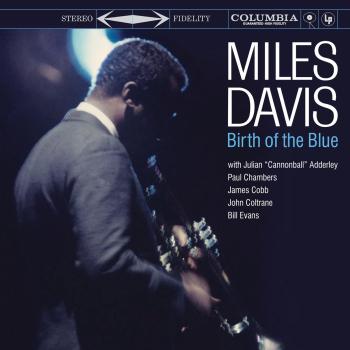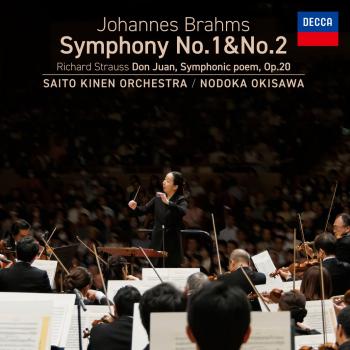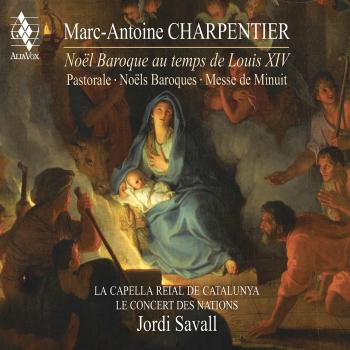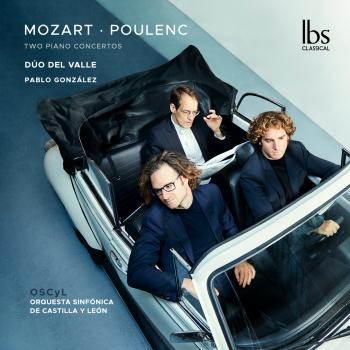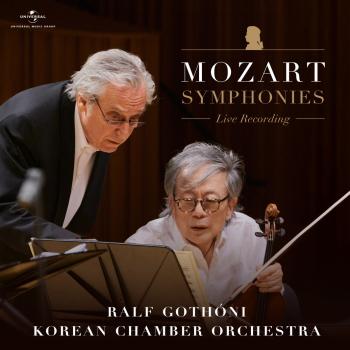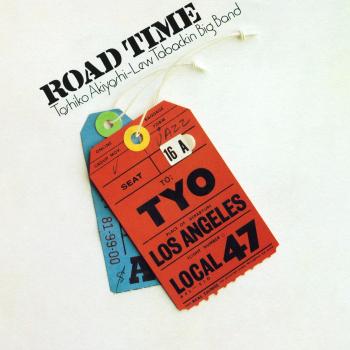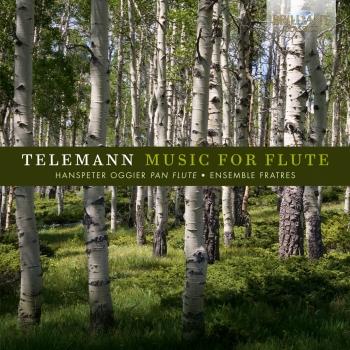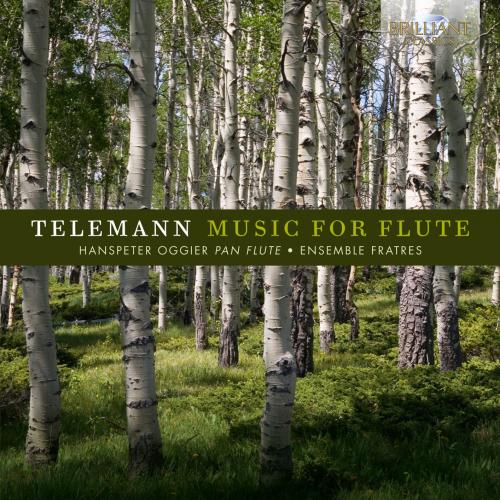
Telemann: Music for Flute Hanspeter Oggier & Ensemble Fratres
Album info
Album-Release:
2016
HRA-Release:
02.12.2016
Label: Brilliant Classics
Genre: Classical
Subgenre: Chamber Music
Artist: Hanspeter Oggier & Ensemble Fratres
Composer: Georg Philipp Telemann (1681-1767)
Album including Album cover Booklet (PDF)
- Georg Philipp Telemann (1681-1767): Ouverture-Suite in A Minor, TWV 55:2:
- 1 I. Ouverture 10:37
- 2 II. Les plaisirs 03:32
- 3 III. Air à l'Italien 06:53
- 4 IV. Menuett I-II 03:52
- 5 V. Rejouissance 02:29
- 6 VI. Passepied I-II 01:35
- 7 VII. Polonoise 03:59
- Flute Concerto in D Major, TWV 51:2:
- 8 I. Moderato 02:34
- 9 II. Allegro 04:14
- 10 III. Largo 03:34
- 11 IV. Vivace 03:03
- Ouverture-Suite in G Major, TWV 55:2:
- 12 I. Ouverture 05:07
- 13 II. Courante 02:11
- 14 III. Gavotte en rondeau 01:05
- 15 IV. Branle 00:57
- 16 V. Sarabande 01:49
- 17 VI. Fantaisie 01:09
- 18 VII. Menuet I-II 03:40
- 19 VIII. Rossignol 01:56
- Flute Concerto in G Major, TWV 51:2:
- 20 I. Andante 02:43
- 21 II. Vivace 02:35
- 22 III. Adagio 02:06
- 23 IV. Allegro 02:36
Info for Telemann: Music for Flute
Telemann wrote so much and so well for the flute with the understanding of one who knew the instrument from the inside. ‘How my heart beats,’ he wrote, ‘when I see the walls and corners of the room covered with musical instruments… Excellent instrumentalists have made me want to improve my performance on my instruments. I would have done so if an inner fire had spurred me beyond the keyboard, the violin and the flute, to learn the oboe, the chalumeau, the viola da gamba, or indeed the double bass and the bass trombone.’
In line with their earlier work on Vivaldi for Brilliant Classics (BC95078), Hanspeter Oggier and the Ensemble Fratres have now chosen to address the delectable feast of Telemann’s wonderfully joyous music. Meticulous in his work, alert and inventive, Telemann was a great colourist whose coherence and open mindedness enabled him to address the widest audience. The particular appeal of this collection is that the flute parts are taken by the pan-flute, which lend a rustic, sometimes insouciant colour to pairs of suites and concertos.
In Telemann the prevalence of curiosity over perfectionism suggests the desire to produce works that were straightforward and accessible to all. There is no hint of superficiality in this approach, however: he sensitively assimilated both Italian and French musical languages as well as certain traditional Polish stylistic elements. These and other ingredients he accepted as simple, pliable mother tongues, without trying to adapt them to his native German idiom.
This is evident in the Suite in A minor TWV 55:a2, which is actually highly instructive as a source of inspiration for Bach’s Suite in B minor BWV 1067. Likewise the short Concerto in D TWV 51:D2 and the Concerto in G TWV 51:G2 offer telling examples of Telemann’s liberal, intelligent use of a generous palette of harmonic, rhetorical, melodic and rhythmical colours. Everything is there to hand, yet there is nothing in excess. Even when the composer indulges in a touch of caricature, as in the Suite ‘La Bizarre’ in G major RWV 55:G2, nothing is excessive, and nothing is wanting. This is synthesis reconciled with reverie: a touch of melodic harshness, immediately tempered by elegance, even in the concertato dialogues, where much is surprising and everything harmonious.
In the Baroque it was by no means uncommon for composers to freely transcribe and arrange their own works or works by others for a different instruments. Therefore, any present day attempt of alternative instrumentation should be viewed with respect and curiosity: the result counts. And what result we encounter on this new recording of Flute Concertos by Telemann transcribed for the Pan Flute! By turns dramatic and furious, sweet and beguiling: the pan flute has infinite colouristic qualities to do full justice to these master works.
The pan flute in its present form originates from 17th century Rumania, mostly used as a folk music instrument. However the use of the pan flute in “classical” Baroque music is by no means an abomination. The improvisatory character, the organic way of tone production which is regulated by the intensity of the breath of the player suit the Baroque music particularly well!
Exhilarating performances by Master Pan flutist Hanspeter Oggier and his Ensemble Fratres. They already recorded successfully flute concertos by Vivaldi for Brilliant Classics (BC95078).
Hanspeter Oggier, pan flute
Ensemble Fratres
No biography found.
Booklet for Telemann: Music for Flute


